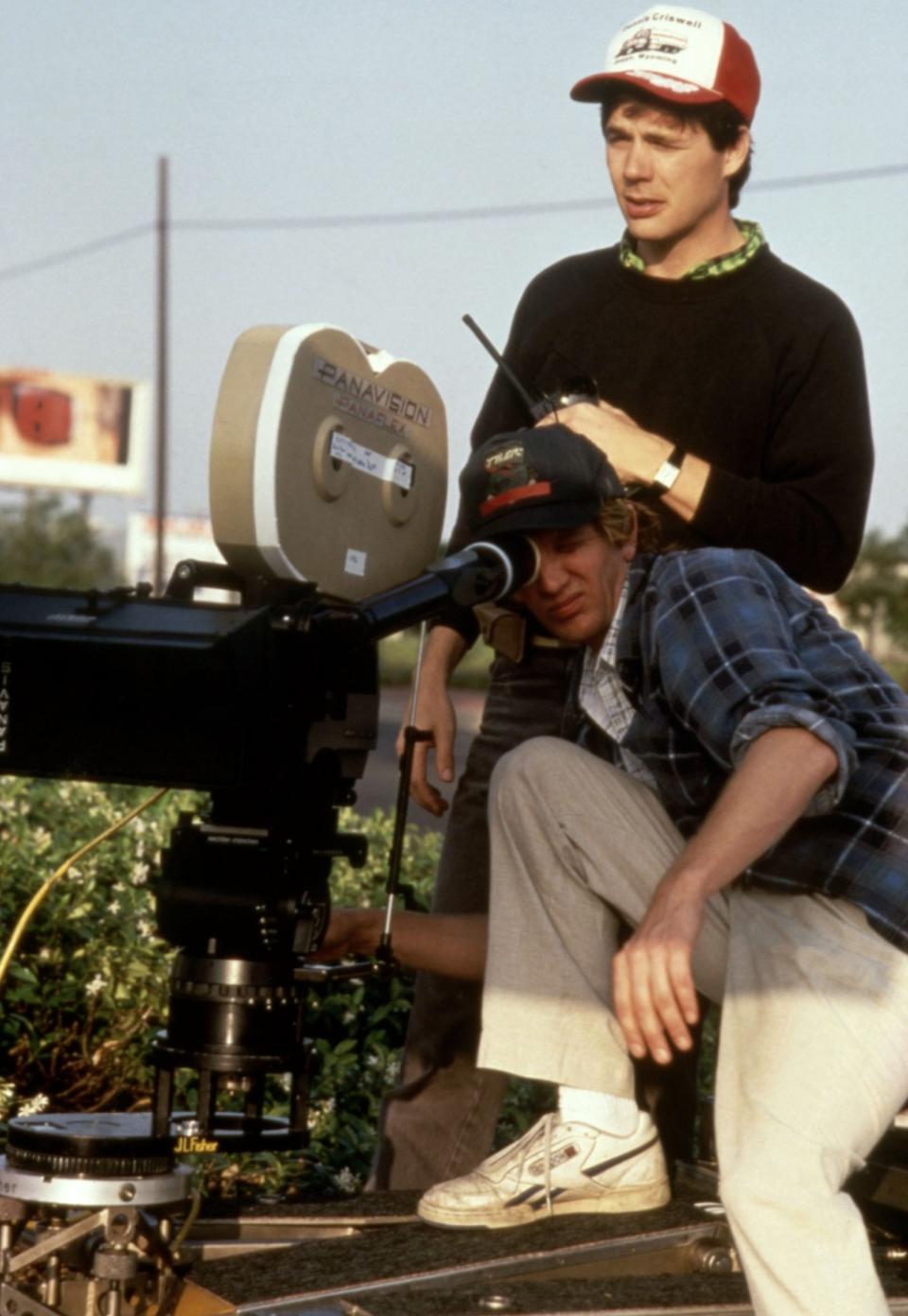Tom Richmond, Cinematographer on ‘Stand and Deliver,’ ‘Little Odessa’ and ‘Slums of Beverly Hills,’ Dies at 72
- Oops!Something went wrong.Please try again later.
- Oops!Something went wrong.Please try again later.
- Oops!Something went wrong.Please try again later.
- Oops!Something went wrong.Please try again later.

Cinematographer Tom Richmond, whose résumé included work on such films as Stand and Deliver, Killing Zoe, Little Odessa, Slums of Beverly Hills and Nick and Norah’s Infinite Playlist, has died. He was 72.
Richmond died Friday in New York City, Anthony Jannelli, head of cinematography at NYU’s Tisch School of the Arts, told The Hollywood Reporter (Richmond also taught at NYU). The cause of death was not immediately available.
More from The Hollywood Reporter
Richmond, who was the director of photography on nearly four dozen features, also shot Keenan Ivory Wayans’ I’m Gonna Git You Sucka (1988), Scott Silver’s Johns (1996), Rob Zombie’s House of 1,000 Corpses (2003) and Todd Solondz’s Palindromes (2004).
He won the best cinematography prize at Sundance in 2006 for his work on Right at Your Door, a drama about a terrorist attack involving chemical bombs.
He received Spirit Award nominations for Stand & Deliver (1988), the Edward James Olmos breakout directed by Ramón Menéndez; Pastime (1990), a love letter to baseball; and the Tim Roth-starring crime drama Little Odessa (1994), which marked James Gray’s feature directorial debut.
Richmond shot every film helmed by Keith Gordon — The Chocolate War (1988), A Midnight Clear (1992), Mother Night (1996), Waking the Dead (2000) and The Singing Detective (2003).
And for director Jesse Peretz, he served as the D.P. on First Love, Last Rites (1997), The Château (2001) and The Ex (2006).
Richmond “was an older guy with the vibe of a teenage skateboarder. He used to refer to himself at the Keith Richards of photography. And in a way he was exactly that,” Peretz wrote on Facebook.
“He taught me not only so much about photography but also about character and story. He never wanted the photography to upstage the characters — and in that way he served his movies and their stories, even if it undermined his ability to grab the limelight and promote himself.”

Born in Bronxville, New York, in 1950, Thomas Julian Richmond graduated from Harvard University with a degree in photography.
He studied at UCLA film school from 1976-78 and at the American Film Institute from 1979-80, then served as a camera operator on Alex Cox’s Repo Man (1984) and Oliver Stone’s Salvador (1986).
He and Cox would reunite for Straight to Hell (1987), Walker (1987) and The Winner (1996).
For Little Odessa, he and Gray decided to go widescreen and shoot in the 2.35 aspect ratio used by Sergio Leone in his spaghetti Westerns.
In addition to Roger Avary’s Killing Zoe (1993), Tamara Jenkins’ Slums of Beverly Hills (1998) and Peter Sollett’s Nick and Norah’s Infinite Playlist (2008), Richmond photographed C.M. Talkington’s Love & a .45 (1994), Ross Kagan Marks’ The Twilight of the Golds (1996), Ethan Hawke’s Chelsea Walls (2001), Brian Koppelman and David Levien’s Knockaround Guys (2001), J.P. Schaefer’s Chapter 27 (2007) and Rob Meyer’s A Birder’s Guide to Everything (2013).
A big music fan — especially punk rock — Richmond shot music videos for Pearl Jam (“Jeremy”), New Order, Iris DeMent, Emmylou Harris, Foo Fighters, Grace Jones, The Go-Go’s, Eric Clapton and more.
In recent years, he taught at Brooklyn College as well as at NYU.
Best of The Hollywood Reporter

